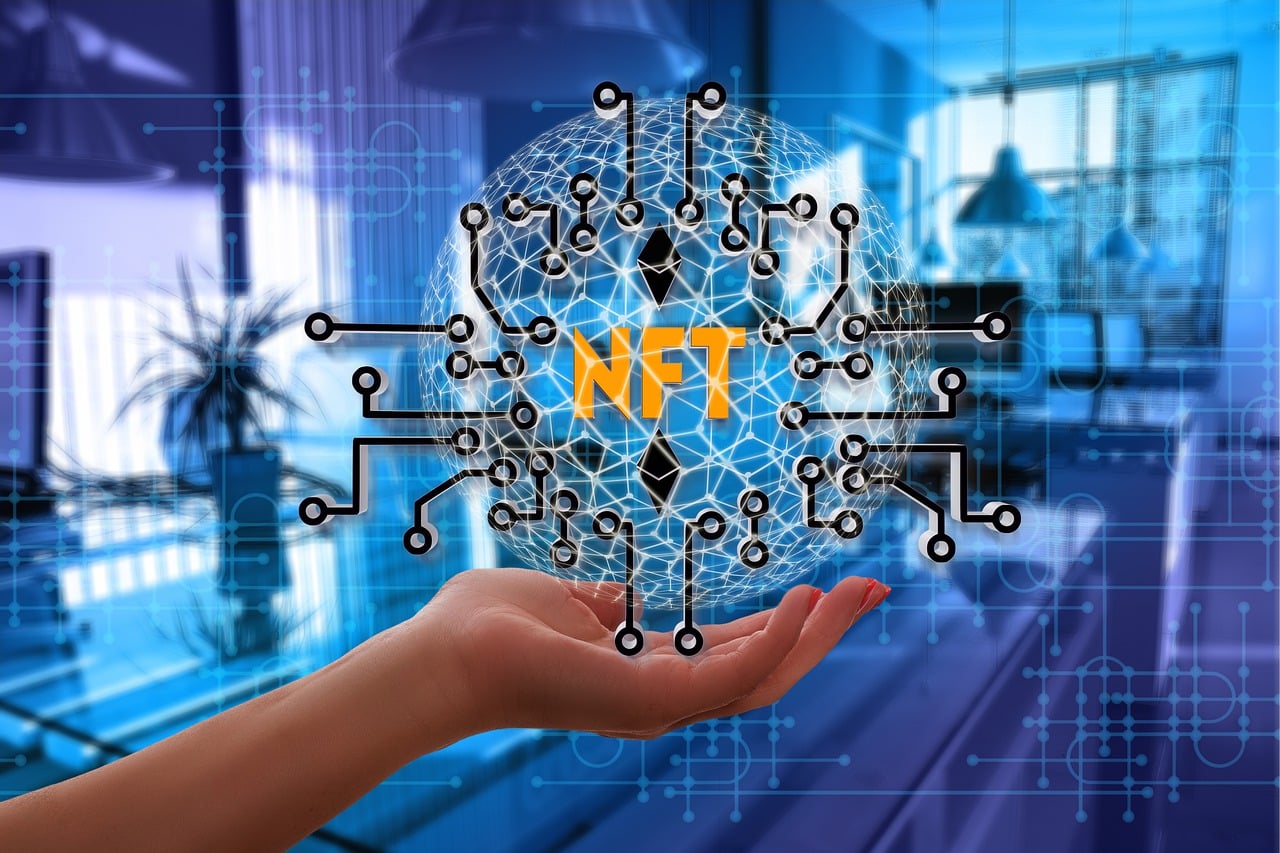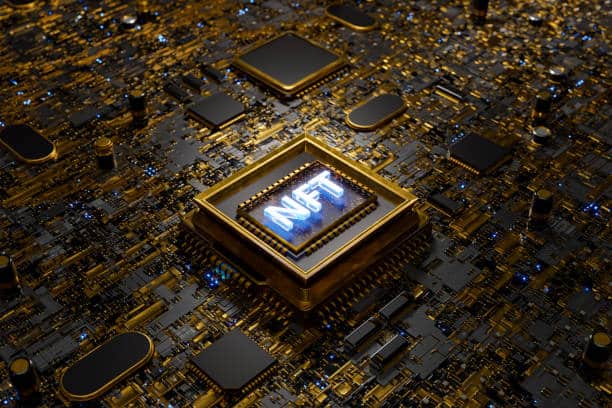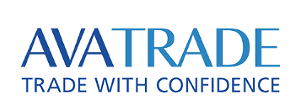NFTs? Yawn! BUT WAIT…
Crypto has been on a solid run over the past several months.
Despite the turmoil following the collapse of FTX late last year, both Ethereum and Bitcoin have managed to recover substantially from last year’s lows.
However, one area of cryptocurrency investment has been lagging behind the market.
We are now in a period of “quiet before the storm.”
Although the NFT market hasn’t quite benefited from the rally in Ethereum, we believe it’s an important area to watch.
Driving this change is a rapidly developing technology, called xNFTs, that might reignite enthusiasm for digital collectibles later this year.
Before we dive into what xNFTs will do, it is important to first understand what they are.
xNFTs, or executable NFTs, are assets that blend the ownership benefits of NFTs with the experience benefits of software.
Huh? Don’t worry, I’ll explain what this means and why it matters.
First, a refresher on classic NFTs.
At their most basic level, NFTs are a record on a blockchain of ownership of some unique asset. In most cases, NFTs will include data pointing at the location where the asset can be found.
At the risk of oversimplifying, NFTs basically are a recording on the blockchain of ownership of links to images. The images themselves are stored elsewhere, in many cases another blockchain like IPFS.
Now for the fun part. xNFTs take this concept further. They are a new standard with links to apps.
Unless you’re a software engineer, this won’t mean much.
Part of the reason that xNFTs have gone under the radar is that there haven’t really been any truly great xNFT drops (yet), and no one’s really taken the time to explain their potential.
If you’re familiar with traditional NFTs, you already know that contemporary wallet software is capable of displaying the pictures (and in some cases, other media) linked by the NFT.
The xNFT standard takes this a step further by allowing the wallet to run any application.
Rather than pointing to a link to a picture, the NFT points to a link to an application.
Right now, wallets are basically this weird hybrid of a photo album + Venmo + LastPass + trading application. However, xNFTs open up the possibilities of the wallet to make them more like a web browser.
This is useful in a number of ways:
Fraud Prevention
Because wallets are so limited in their capabilities, NFT projects have had to design some clever workarounds to provide the full experience an NFT can provide.
One of the major early use cases for NFTs has been the access they provide.
For example, owners of ‘Bored Apes Yacht Club’ (BAYC) NFTs are given permission to access the Bored Apes chatroom (on Discord), have access to exclusive concerts, and are entitled to mint Apecoin, Mutant Ape NFTs, and other giveaways.
In order to access these perks, owners need to prove their ownership.
Because wallets are limited, this currently happens in a web browser like Chrome or Safari. Owners go to a website with their browser, open their wallet, and the website confirms ownership of the NFT by 1) confirming the owner is who they claim they are, and 2) that they currently own the NFT.
This same infrastructure powers just about every crypto community on Earth.
But it introduces a major problem… fraud.
There have been numerous cases of fraudsters setting up imposter websites that steal users’ assets.
These websites are designed to look identical to the real website for minting an asset or gaining access to an ongoing perk. In these cases, the user is tricked into visiting an imposter website and connecting their wallet to access the perk.
In the worst-case scenario, these websites trick users into giving the website full access to drain assets from their wallets.
In a highly publicized example last year, we saw actor turned crypto-influencer Seth Green lose access to his six-figure NFT collection.
xNFTs help solve this problem by making it easier for NFT project leaders to interact directly with NFT owners.

This is achieved by using the NFTs themselves as links to a perks website.
Remember, at their core, NFTs are nothing but links.
What makes the xNFT standard different is the wallet they are built on, called Backpack, which is basically a special type of web browser.
Users can click on any of their NFTs, and directly access the official website offering perks. This reduces the possibility of fraud dramatically, by letting NFT projects communicate directly with users through their wallets and eliminating the possibility of fraudsters directing users to imposter websites instead.
New Experiences
In addition to fraud prevention, xNFTs will allow creators to dream up all kinds of experiences that users will be able to experience directly in their wallets.
For example, a musician could release a new album and sell it as an NFT that includes both the songs on the album and a custom digital graphic (or sticker).
Right now, in order to do this, users would again need to open their Chrome or Safari browser, go to the website of the NFT creator, and log in with their NFT to access the content.
With xNFTs, users can access any type of content creators can imagine, directly from their wallet.
In the above example, users could play songs within their wallet app.
Other examples include video NFTs or play-to-earn games accessible directly from the wallet.
Alternatively, instead of using third-party apps like Discord for conversations with other NFT owners, xNFTs would allow creators to develop their own (private) social media platforms exclusively available to NFT owners.
→ Special (limited) edition NFTs that let you directly message a celebrity. Users can only message the celebrity through the NFT, so celebrities don’t need to give away their phone number, email address, or anything else. Being able to message the celebrity is limited to whoever owns the NFT.
→ NFTs instead of passwords. Right now companies like Netflix have a big problem… users share their password for their account. However, in the future, I expect Netflix will probably replace passwords with NFTs for access. Whoever owns the Netflix account NFT will be able to sign in. Users would launch the Netflix app from inside their wallet. If you want to share your account with someone, you’ll need to transfer the NFT to them. This makes the process of sharing passwords a little harder, which could help Netflix make more money by selling subscriptions.
→ Modifiable NFTs. When NFTs took off two years ago, we started to see clothing companies like Champion offer NFTs that would add Champion-branded clothing to any profile picture NFT. In order to get the clothing, a user would have to “burn” the original NFT (basically delete their ownership) and would get a new replacement NFT wearing Champion merch.
However, the unfortunate nature of this setup was that there was no going back. Once you put a tracksuit on your Bored Ape, you could never take it off. xNFTs greatly simplify this process because they are software.
Because of this, they can give users a degree of control over the NFT and how it is presented. This allows users to get more value out of an NFT purchase by customizing it to their liking. Other examples could include NFTs that change every season or based on time of day.
Collectible Apps. Right now, every app you download from the app store is exactly the same, and you can’t trade them. With xNFTs, each time an app is downloaded it could have a unique icon only available to one user. Users could trade apps like they trade other goods.
Of course, this is just a small sampling of the possibilities that xNFTs will provide. In the next few years, I expect we’ll see many more possibilities that we can’t yet even dream of.
Clearly, xNFTs are a big step forward from first-generation NFTs. While first-gen NFTs were limited to art (mostly graphics or images), xNFTs will open up the space to every type of media… including software.
Now, as I mentioned earlier, xNFTs are very new and still not very common. However, I expect to see an increasing number of xNFTs released later this year.
For now, they are only available on Solana, however, the xNFT standard was developed to be cross-platform compatible, so I expect we’ll see some Ethereum xNFTs by the end of the year.
For investors interested in new areas of collectibles investing, xNFTs are definitely a space to watch. We are monitoring this space closely and will keep you updated as we find promising opportunities.
Author: James Altucher
Source: Altucherconfidential
- Broker
- Min Deposit
- Score
- Visit Broker
- Award-winning Cryptocurrency trading platform
- $100 minimum deposit,
- FCA & Cysec regulated
- 20% welcome bonus of upto $10,000
- Minimum deposit $100
- Verify your account before the bonus is credited
- Fund Moneta Markets account with a minimum of $250
- Opt in using the form to claim your 50% deposit bonus
Learn to Trade
Never Miss A Trade Again

Signal Notification
Real-time signal notifications whenever a signal is opened, closes or Updated

Get Alerts
Immediate alerts to your email and mobile phone.

Entry Price Levels
Entry price level for every signal Just choose one of our Top Brokers in the list above to get all this free.



